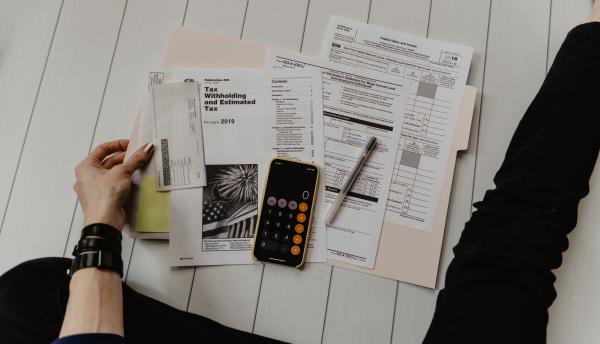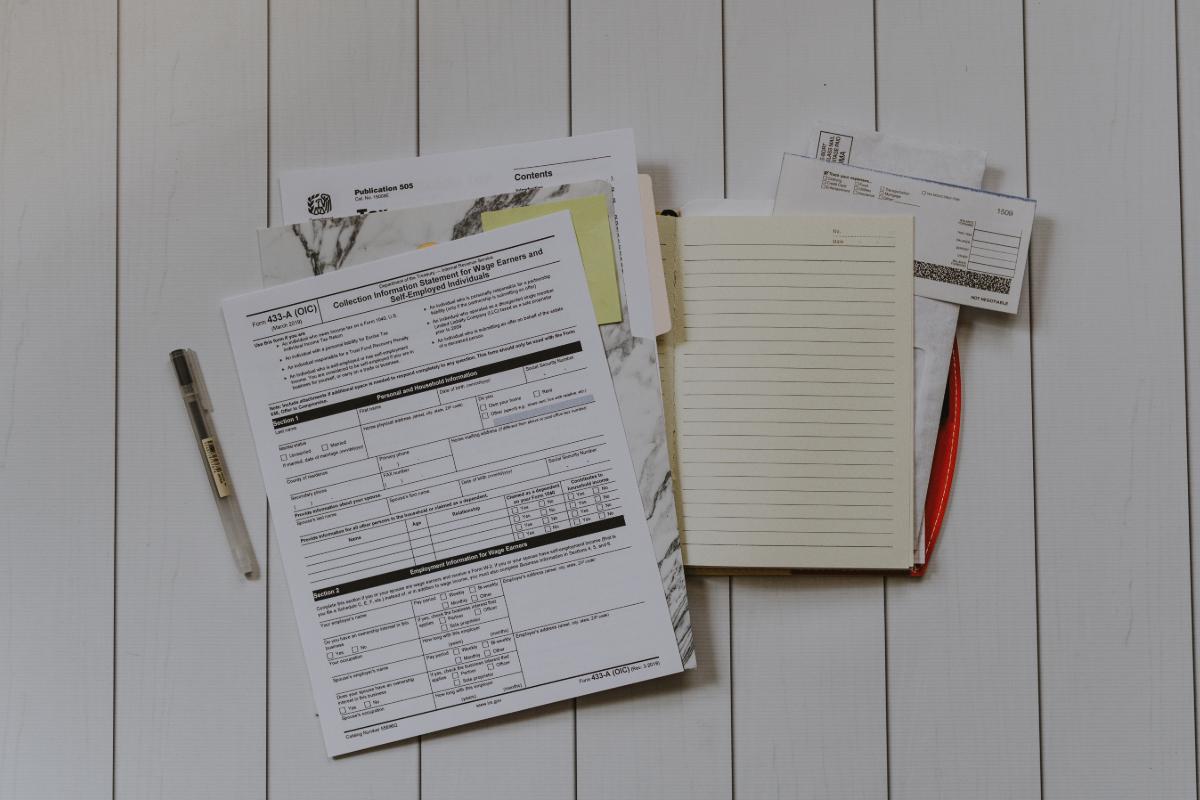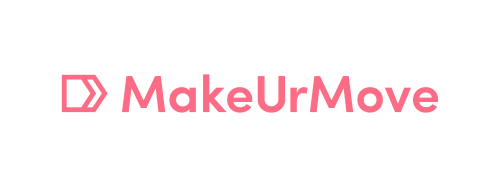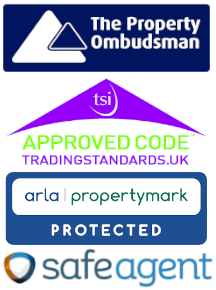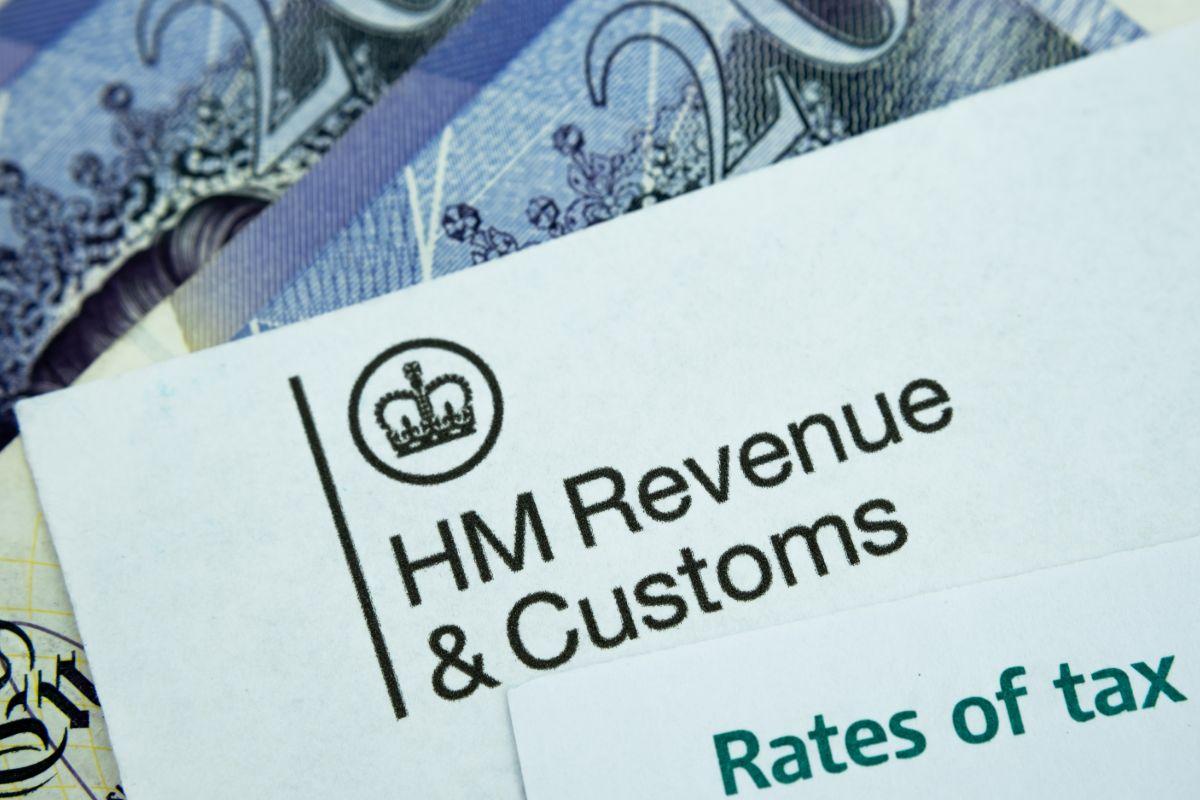
Photo Credit: Ascannio - stock.adobe.com
The days of landlords only keeping their financial records in a well-thumbed ledger book are numbered. Because by April 2024, those who receive more than £10,000 per year from their properties will have to submit their tax return digitally.
Making Tax Digital (MTD) takes centre stage in the UK government’s ambition to make the country “one of the most digitally advanced tax authorities in the world”.
And when it comes into force, many of those currently using the self-assessment system will need to switch to MTD for their income tax reporting.
So whether you’ve already heard a little about the upcoming overhaul or are completely in the dark, read on as we shine a light on Making Tax Digital for Landlords.
What is Making Tax Digital?
Making Tax Digital is described as “the first phase of our move towards a modern, digital tax service fit for the 21st century”. It basically means the digitalisation of HMRC’s tax filing system.
From April 2024, under a specific scheme called Making Tax Digital for Income Tax, landlords will be legally required to record their income and file a tax return online every quarter. The new system was due to start in April 2023 but has been pushed back due to the effects of the pandemic on businesses.
The aim is to provide an updated tax service for businesses that meets their digital demands, reduces the number of reporting errors and improves visibility of their financial status.
Do I Need to Use Making Tax Digital?
As a landlord, if your annual rental receipts are over £10,000 then yes, you must sign up to MTD. And note that this figure applies to income, not profit.
MTD also affects sole traders so if you operate a sole trader business alongside your property portfolio, you need to combine the income from both sources to assess if you reach the £10k threshold.
If you earn less than £10,000 a year from property, you can continue to use a self-assessment form as usual.
If you’re VAT-registered, you should already be using MTD if your turnover is above £85,000. If it’s below this, you’ll need to sign up for MTD For VAT to be ready to start in April this year (2022).
How Does Making Tax Digital Work?
MTD is based on the foundation of calculating your tax as you go.
Instead of sending in a self-assessment tax form once a year or asking your accountant to submit a limited company tax return, you’ll need to set up an HMRC digital tax account.
You’ll then send quarterly updates of your income and expenses to HMRC via this online account. At the end of the year, you’ll sign a declaration that your quarterly returns are accurate. You’ll then have until January 31st the following year to pay your tax.
Will I Need Any Specialist Software?
Yes, you can only use MTD if you have the right software which integrates with the system. This isn’t a simple case of switching to a new online tax reporting method. But it also doesn’t need to be complicated.
If you’re used to inputting your accounting info into a simple spreadsheet or even a physical book, you can still do that. But, to comply with HMRC’s new legislation, you’ll also need to log the information digitally.
Currently, six software providers have been approved by HMRC with more in the pipeline. If you already use an accounting software package, make sure to check that it is (or will be) MTD-compatible and has all the right functionality.
And MakeUrMove will be unveiling new software later this year to make it even easier to meet all your legal obligations as a landlord.
Once set up with your specialist software, many of which come with mobile apps for extra convenience, you’ll be able to easily log your income and expenses and submit your quarterly returns.
And you’ll enjoy a range of benefits including:
Eliminating the bigger job of submitting an annual tax return which is often left to the last minute
Reducing the chances of missing out on expenses because you’ve lost the receipts
Knowing well in advance what size tax bill to expect
Monitoring your cashflow easily
Sharing info quickly and efficiently with your accountant and letting agent
Spotting potential problems before they arise
You’ll also be using the software to provide HMRC with an end of period statement (EOPS) by January 31st following the end of the tax year. This will list your property income and allowable expenses. Any final declaration of income will also need to include revenue from any sole trader businesses you operate.
When Do I Need to Sign Up?
The digital start date for MTD for Income Tax is April 6th 2024. Any rental income collected after this date needs to be accounted for within the new system.
While this may seem a long way off, it makes sense to get ready early so none of the changes catch you unawares. You can already sign up as part of a pilot scheme and get used to what will need to be done differently.
Making Tax Digital is a major change in the way landlords record their income and file their tax returns. Doing your research now and setting up the right systems will all help to avoid any future financial headaches.
Find out how MakeUrMove can help streamline your property business.
